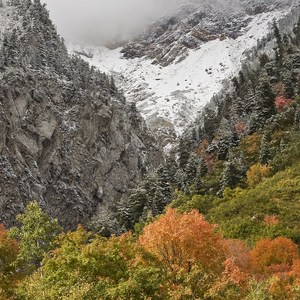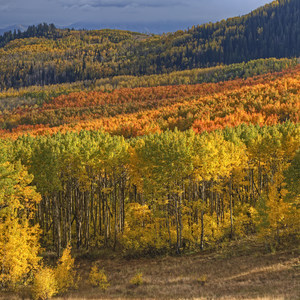- Find Your Adventure
- Hiking + Backpacking
- Camping
- Parks + Wilderness Areas
- Special Destinations
- Ocean Beaches + Shores
- Canoeing, Kayaking + SUP (Flatwater)
- Snowshoeing + Microspikes
- Swimming Holes
- Mountain Biking
- Mountaineering
- Backcountry Skiing + Splitboarding
- Lodging
- Hot Springs
- Cross-country Skiing
- Rafting + Kayaking (Whitewater)
- Wildlife Viewing
- Travel
- Video
- Articles
- Become a Contributor
About Us
We believe good things come from people spending time outside. It’s about more than standing on the mountain top. It’s about nourishment and learning. It’s about protecting what sustains us. It’s about building relationships with the outdoors and each other.
Join free
Sign up to receive our newsletter packed with the best adventure guides, travel ideas, news, and articles.
We promise not to annoy you, but if you wish, you may unsubscribe at any time.
Outdoor Project may earn commission on products purchased through our links, which supports the work we do for our readers.
© 2024 Outdoor Project. All rights reserved.







Comments
Sign In and share them.